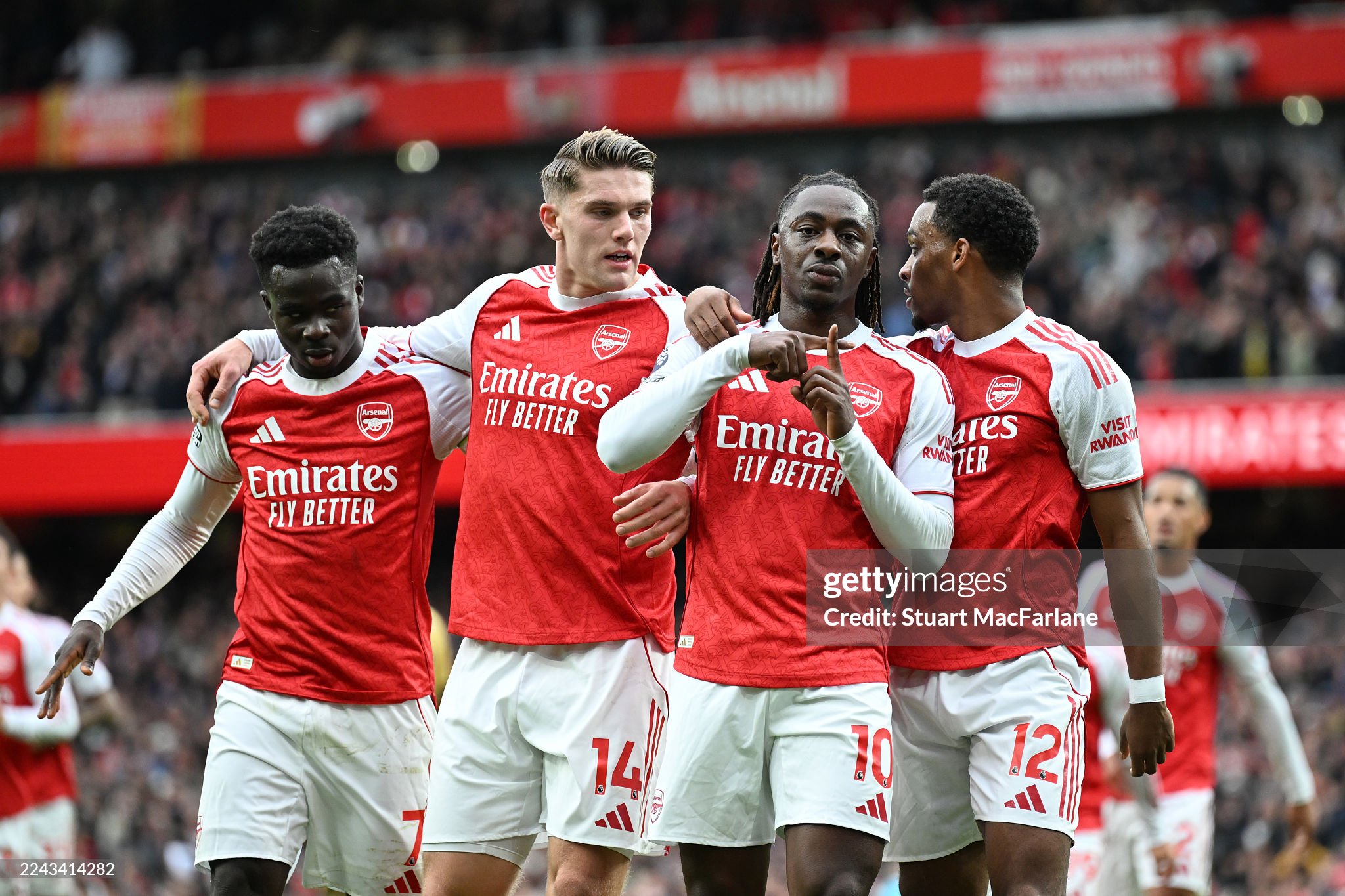Real Madrid confirms a successful arthroscopic knee surgery for Dani Carvajal. The right-back faces an estimated six to ten week absence, with medical details, tactical implications, and recovery pathway outlined.
Real Madrid confirmed that Dani Carvajal has undergone arthroscopic surgery on his right knee, a procedure intended to clean up intra-articular irritation and address the source of the discomfort he reported after the clásico.
Arthroscopy is a minimally invasive technique that allows surgeons to inspect the joint, remove loose bodies, smooth frayed cartilage, and treat minor meniscal or synovial issues. Club sources indicated the operation was successful and that the right-back begins his recovery immediately. Although the club has not published a formal timetable, guidance provided to Spanish agency EFE suggests an estimated absence of between six and ten weeks.
From a medical perspective, a six to ten week window typically includes several phases. The first days focus on controlling swelling, restoring full extension, and protecting soft tissues. Over the next two to three weeks, the emphasis shifts to regaining flexion range, activating the quadriceps without provoking inflammation, and beginning low impact work on a stationary bike or anti-gravity treadmill. By weeks four to six, players often progress to change-of-direction drills, resisted sprints, and football-specific movements, always contingent on clinical markers like pain, effusion, and neuromuscular control. Clearance for full training requires symmetrical strength, stable hop test metrics, and the ability to tolerate consecutive high-load sessions without reactive swelling. Any timeline remains conditional on daily responses to load, since arthroscopy is not a one-size-fits-all procedure.
Carvajal’s issue surfaced after the 2-1 win over Barcelona. He entered in the 72nd minute for Federico Valverde, completed the match, and only later reported knee pain. That sequence is not unusual, since adrenalin and match context can mask symptoms that become more evident once the joint cools down. Post-match examinations likely identified mechanical irritation or meniscal fraying consistent with the decision to proceed with an arthroscopy rather than conservative management alone.
For Carlo Ancelotti, the absence forces tactical recalibration on the right flank. Carvajal is a reference point for the back line due to his timing in overlapping, discipline in rest defense, and leadership in high pressure phases. Without him, the staff can pivot in several ways. A like-for-like option would be to trust a natural right-back, maintaining width and standard build-up patterns where the right-back advances in concert with the right-sided interior. Another alternative is to invert the full-back into midfield in the first phase, creating a double pivot during build-up and protecting against transitions. Personnel choices will depend on opponent, recovery status of other defenders, and the need to balance experience with minutes management in a congested calendar.
The impact extends to set pieces and leadership. Carvajal often occupies the near-post zone when defending corners and is trusted to organize line height on free kicks. He also serves as a conduit between the back line and central midfield during press triggers. Replacing those micro-roles means allocating responsibilities to one or two teammates rather than expecting a single understudy to replicate the full package.
The calendar adds pressure to get the rotation right. The period ahead blends domestic fixtures with European demands and potential cup commitments. In practice, that means the technical staff will lean on the squad’s polyvalence to smooth the load across full-backs and center-backs. Training will likely feature targeted work for the right-sided corridor to preserve automatisms, especially the timing between the right-back, the right winger, and the right-sided midfielder when attacking the half-space.
From Carvajal’s standpoint, this pause invites a familiar challenge. Throughout his career he has responded to setbacks with rigorous professionalism, and the club’s medical department has long experience building individualized return-to-play protocols. A key objective will be to avoid the boom-and-bust cycle that can appear if a player accelerates the final stages too quickly. Expect incremental exposure to high-intensity, high-speed efforts, then controlled friendly-style minutes in training matches, followed by a managed competitive reintroduction. Milestones will be data-driven rather than purely calendar-based, with force platform outputs, isokinetic testing, and GPS metrics guiding decisions.
Supporters will naturally ask how the team’s right flank dynamics evolve during his absence. Offensively, Real Madrid can still create width through the winger and the right-sided interior rotating out, while the right-back stays conservative to secure rest defense. Alternately, the staff can flip the pattern and push the right-back high while the winger inverts, seeking underlaps into the box. Defensively, the priority will be protecting the space behind the advanced full-back and ensuring the right center-back is not isolated against diagonal switches. These are solvable problems within Madrid’s structure, provided communication remains crisp and distances are compact.
There is also a medium-term benefit to a correctly managed arthroscopy. If the procedure has removed a persistent irritant inside the knee, Carvajal could return with improved comfort and a reduced risk of recurrent effusions that sometimes limit training capacity. That outcome would be valuable in the second half of the season, when knockout ties and title races sharpen and when experience at the back is at a premium.
In the short term the team will miss Carvajal’s reliability and presence in key moments, but the club will back the depth of the squad to navigate the coming weeks. The message from Valdebebas is steady and pragmatic. The operation went well, rehabilitation begins now, and the right-back will return when objective markers and the player’s own sensations align. Until then, Real Madrid will adjust, protect the right side structurally, and keep the competition for minutes open, with the clear intention of welcoming a fully fit Carvajal for the decisive stretch of the campaign.







